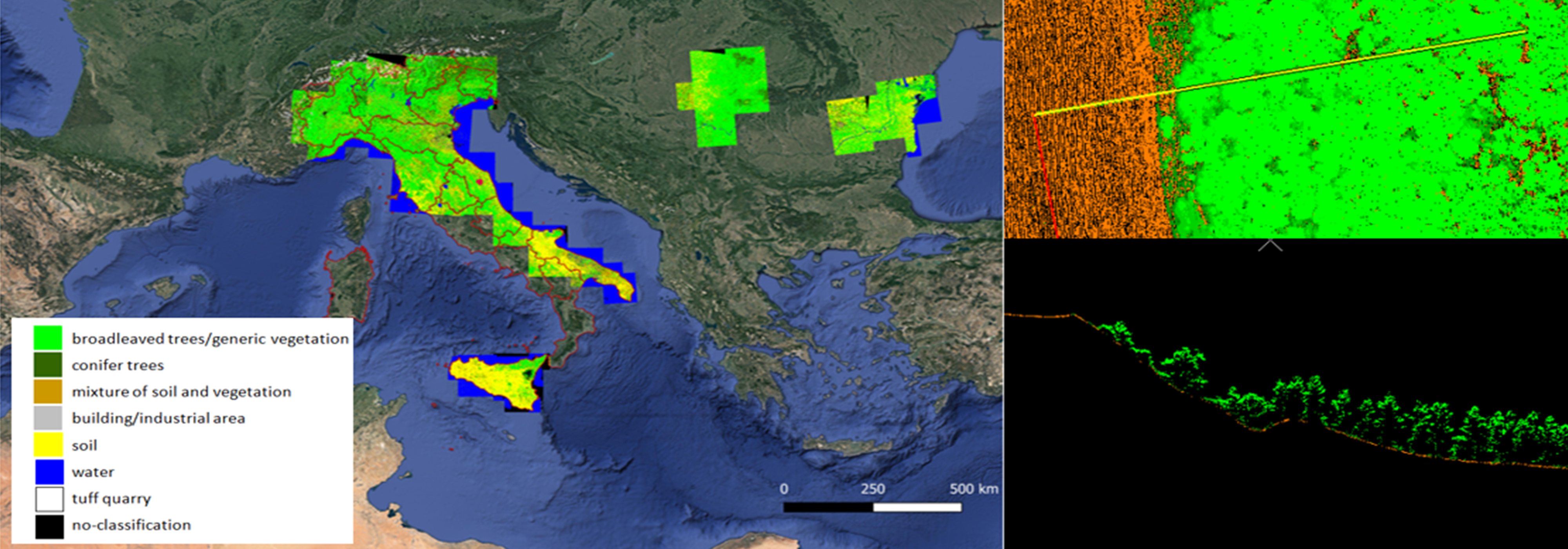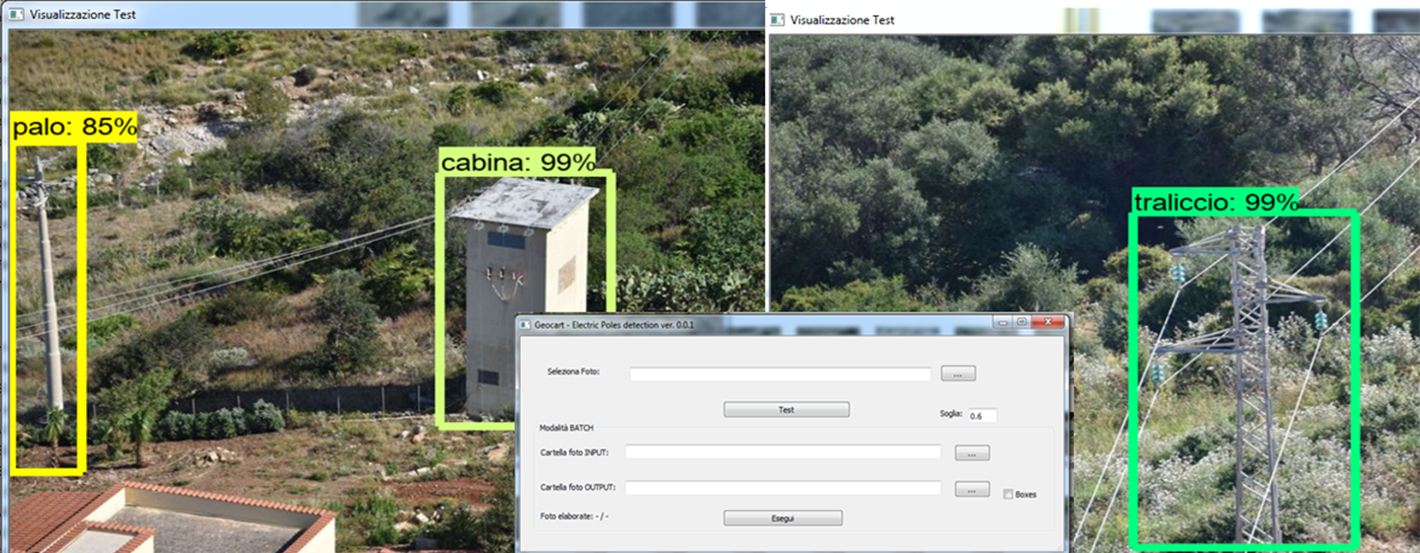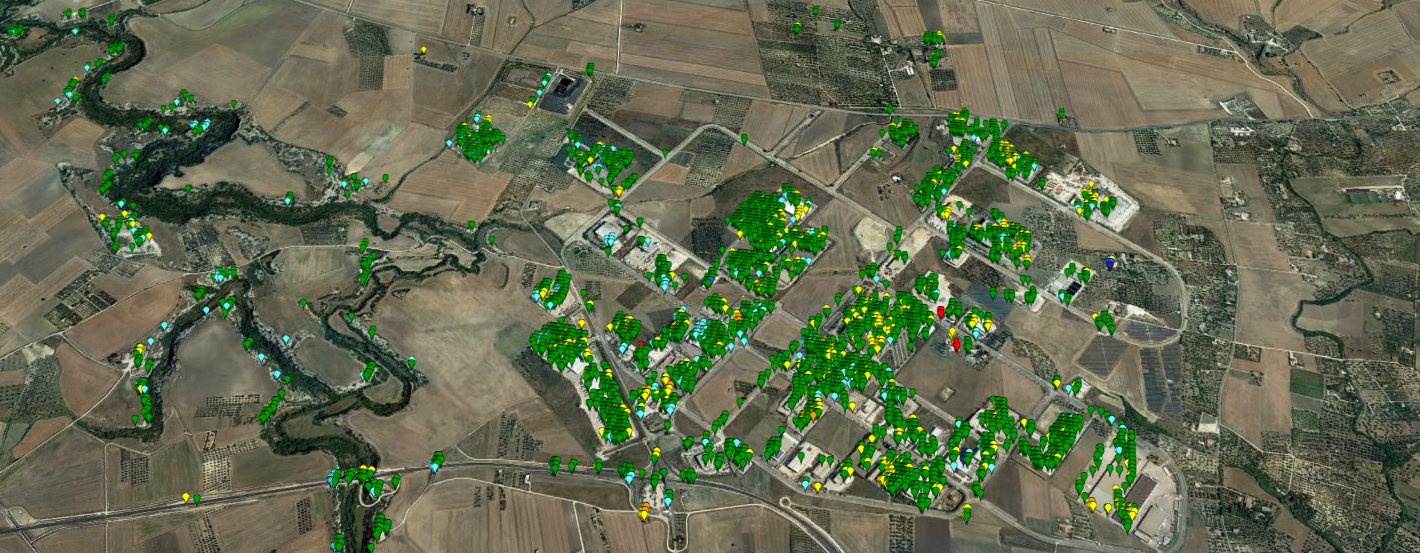GEO VEGETATION MANAGEMENT | Process automation and predictive analysis in the context of Vegetation Management near power lines

Efficient and constant asset management is essential to the success of utilities. This becomes even more critical when the assets concern power lines threatened by excessive vegetation growth. In fact, vegetation is the main cause of interference and damage to the networks.
The GEO VM research and development activity starts from this insight, with the aim of developing automatic analysis procedures of trees' interference based on the use of multi-source data, remotely detected by aircraft and satellite.
The project uses a software platform which, through artificial intelligence algorithms, analyzes lidar data, ortho-photos, and multispectral satellite images, providing regular and accurate information on the state of vegetation in the vicinity of the infrastructure. In addition to the automatic detection of high-risk points, the tool will include several features that enable us to perform a detailed predictive analysis. For example, GEO VM will automatically calculate growth rates for each classified tree species, and assign priorities and associated cost estimates, to ensure more aware management of infrastructure monitoring activities and activate timely and constant control, even remotely.
The rationale behind the project, therefore, is offering customers a valid tool supporting decision-making processes, to reach a perfect balance between effectiveness and efficiency: maximum service reliability combined with maximum resource savings. Therefore, this program will help avoid disasters and service interruptions, predict, and determine ex ante missions, as well as optimize workloads and revenue streams for the benefit of health and safety.
The know-how gained in the field of the Vegetation Management on power lines will be transferred to other strategic services related to infrastructure monitoring, which is an increasingly crucial topic, which Geocart has decided to aim for.
Time Period: 2019 - In progress



